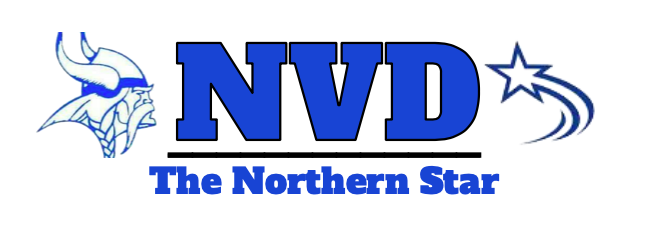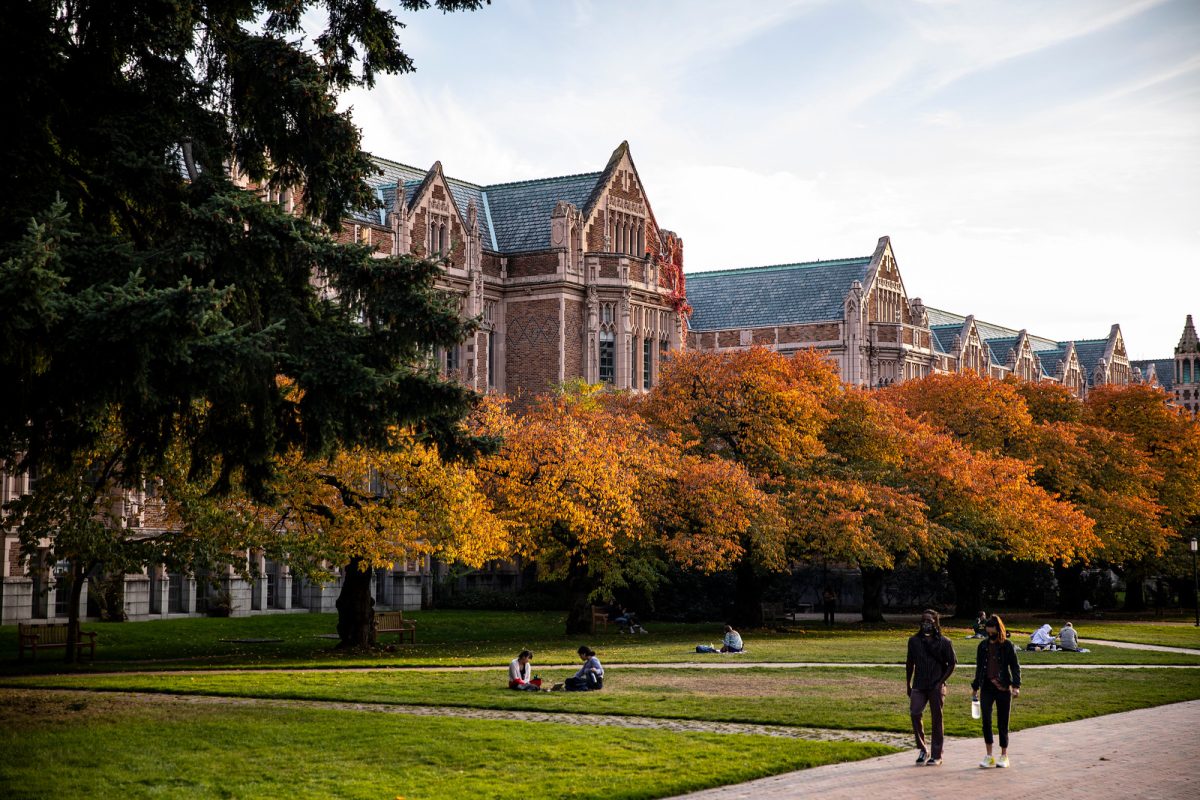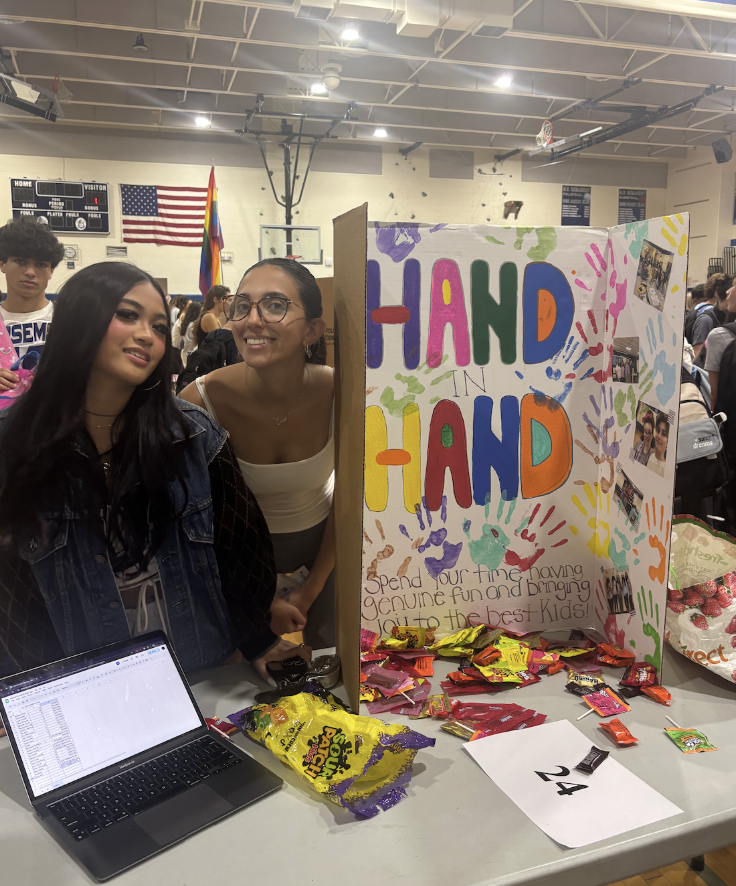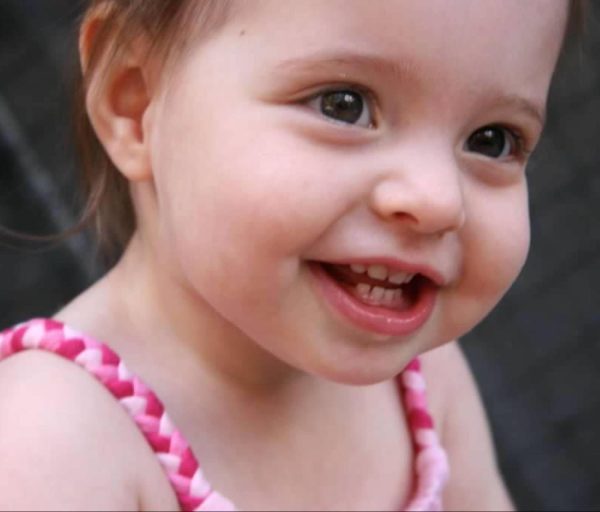Students at Northern Valley Demarest seem reluctant to select creative electives, preventing these courses from running. At NVD, though more than seven creative English electives are offered each year, Journalism is the only running course in several years (which consists of only 2% of the student population, according to Lead Guidance Counselor Michael O’Malley). Additionally, many electives in the music, art, and theater departments lack the numbers to run classes as well.
Northern Valley Demarest Lead Guidance Counselor Michael O’Malley comments on the low number of students that select a creative elective. “Student interest and course requests determine whether these courses run each year,” O’Malley said. “The limited number of these courses running each year reflects the pressure students feel to enhance their transcripts with courses that offer more gpa weight and academic rigor.”
While it might seem like students at NVD are not interested in these courses, many students actually seek a creative outlet during the day.
Junior Ariana Naqvi enjoyed her experience in a creative elective. “I actually took guitar for two years in a row, which was probably the best decision I have ever made,” Naqvi said. “A creative course… allows students to clear their thoughts and get stressful things off of their minds, even if it’s just for a little while.”
Many students claim to be interested in a number of these creative electives. This begs the question: why don’t these courses ever have enough students to run?
“I didn’t select any creative courses mostly because I had no space left,” Naqvi said. “The second elective I had to take for graduation requirements. So that left me with no space to pick any creative or even any other classes.”
Along with the abundance of requirements preventing students from pursuing innovative classes, students seem to commonly feel that creative electives have no valuable benefit on their transcript.
“Everyone wants to take academically challenging [classes],” Junior Isabelle Young said. “I’d rather just stick to academic courses that help my credits.”
Students at NVD claim that more academic classes tend to take priority over creative classes.
“These courses don’t seem less valuable than academic classes, but they are less prioritized,” Naqvi adds. “People put their academic classes over creative classes because academics seem to be more important.”
Students at Northern Valley Demarest express that they are so focused on their academic achievements and/or requirements that they fail to take their own enjoyment and mental health into account when selecting courses.
Junior Anastasia Ivaniuk has mixed feelings about the creative course she took during her freshman year. “I do feel like when I took a creative class freshman year it was kind of useless,” Ivaniuk said. “I should have taken something that would fulfill a requirement. But if you consider my personal enjoyment, it was my favorite class.”
The few students who do select creative courses that run are also pleased with the academic achievements on their transcripts, but more importantly, passionate about the classes they take.
“The students who decide to enroll in “creative” electives report high levels of satisfaction and engagement,” O’Malley said. “Creative outlets offer opportunities for right brain engagement and development as well as social-emotional balance.”
Students with little knowledge of the curriculums in creative classes jump to the conclusion that the courses are not academically beneficial. These students assume that a creative class lacks foundation, and more importantly, looks poor on a transcript.
Junior Eliza Glick has taken a variety of creative electives during her high school career. “Many feel as if creative classes in schedules could be taken up by ‘academic’ electives, and thus look better on one’s resume,” Glick said “which is certainly not the case.”
What these students fail to understand is that these classes actually do have set syllabi and they leave room for self-expression. Often students who take these feel classes are beneficial, interesting, and educational.
“I am lucky enough that the creative classes that I have taken ended up running,” Glick said. “These classes are where I find myself learning the most useful tools. Being able to express myself creatively is one of the most important factors to keeping me sane in school.”
Another benefit of creative classes is that they provide students with opportunities to meet peers who have similar interests.
“These classes have often led me to meet the best people in my life,” Glick said. “I love them very deeply. They’re some of the best environments I’ve been in.”
It is important that students are made aware of the benefits of creative classes, and that they know that creative classes can benefit their mental health as well as their transcripts.
“We already take four core classes that are academic,” Naqvi said. “Why can’t we lighten our load a little with creative… fun classes?”







